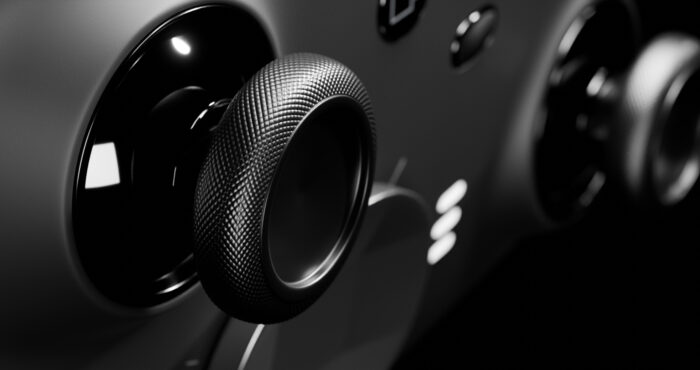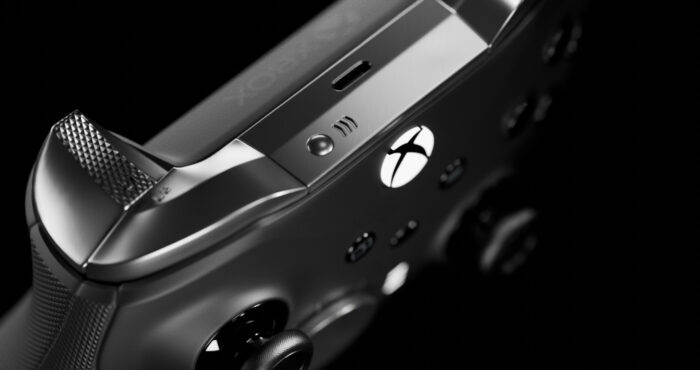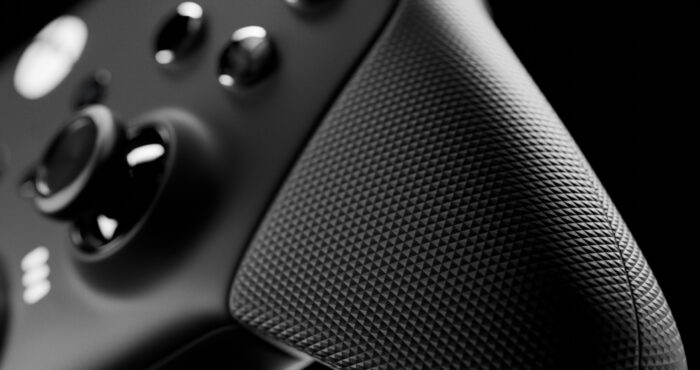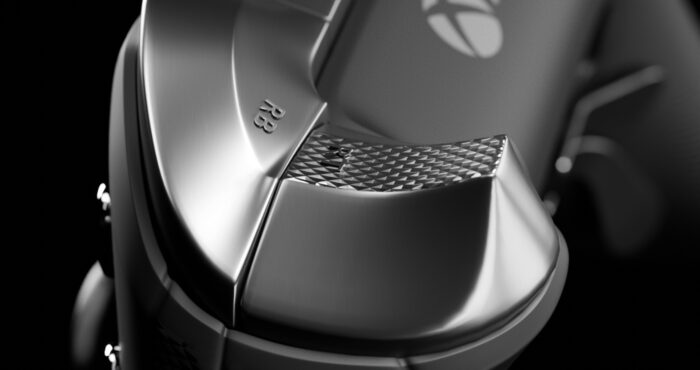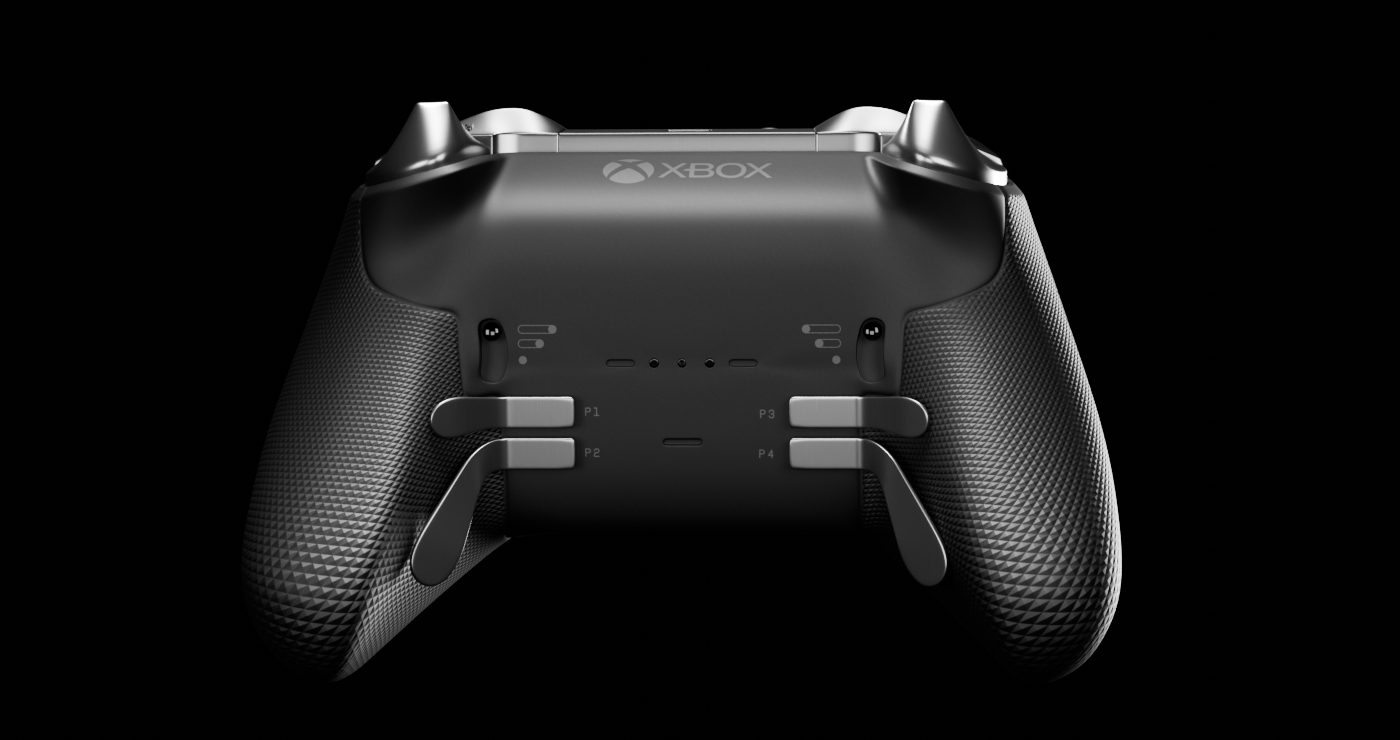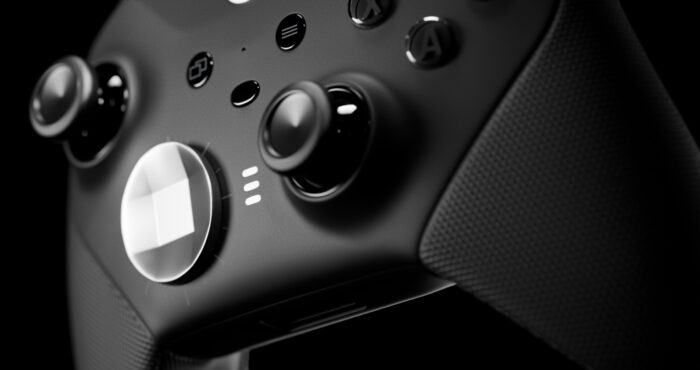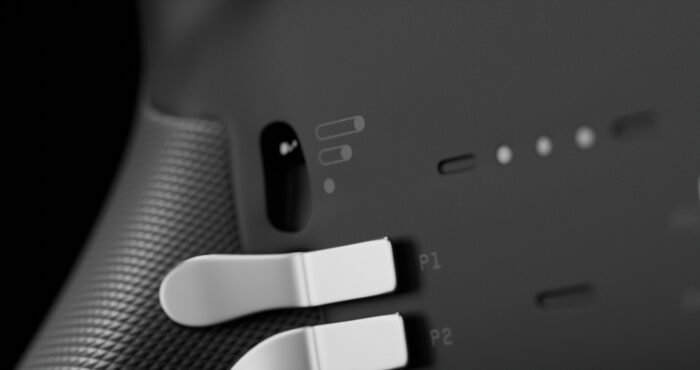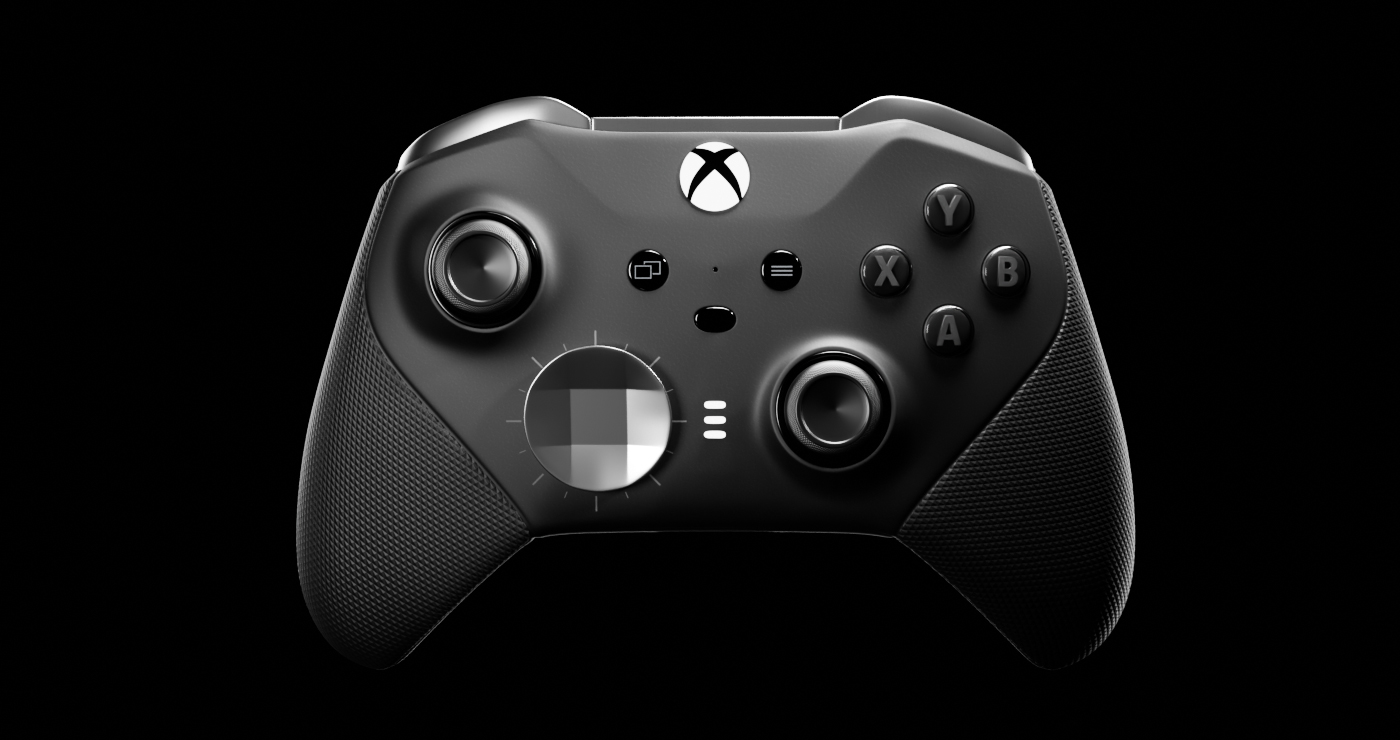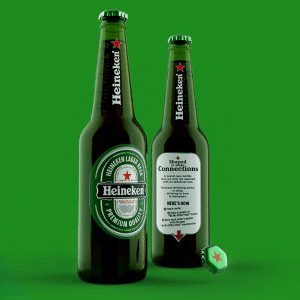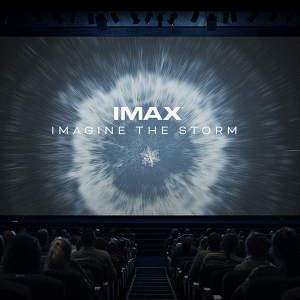In the neon-drenched sprawl of the digital frontier, I engineered a 3D replica of the Xbox Elite Wireless Controller Series 2—a machine as sleek and precise as the chrome veins of the megacities it could command. Every detail was dissected, reconstructed, and rendered to perfection, an exercise in hyper-realism that made the device pulse with an almost tactile energy. The objective? To blur the line between the synthetic and the real, compelling the viewer to believe they could reach through the screen and claim it.
Blender was my weapon of choice, the trusted tool for crafting every polygon of its angular elegance. Its ergonomic curves, the grip’s textured fidelity, the glint of premium materials—each was sculpted with an artisan’s precision. Animations brought the controller to life, a kinetic symphony that revealed its secrets from every vantage point. It wasn’t just a product showcase; it was a visual narrative that celebrated the industrial mastery woven into its DNA.
The soundscape was forged in the labs of Suno, a score oscillating between the synthetic hum of neon-soaked alleys and the organic echoes of a humanity that refuses to die. It amplified the immersion, a sonic architecture that intertwined with the visuals to craft a reveal experience that felt alive. Final assembly took place in Premiere Pro, where transitions were surgically tailored to maintain the tension—each cut a heartbeat, each fade a pulse.
This project was more than a showcase; it was a manifesto of design and precision. A tribute to the controller as not merely a tool for gaming but a testament to the elegance of modern industrial design, born in the code and brought to life in the liminal space between the digital and the tangible.
